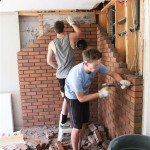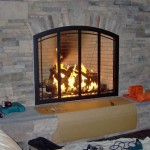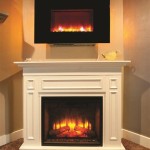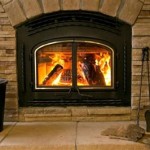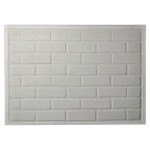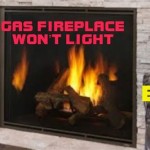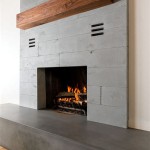Installing a Wood Burning Stove Fireplace: Essential Considerations
Warmth, ambiance, and rustic charm—installing a wood burning stove fireplace in your home can bring numerous benefits. However, it's crucial to approach this project with proper planning and consideration to ensure a safe and efficient installation.
1. Safety Precautions
Fire safety is paramount. Before installing a stove, consult local building codes and seek professional advice from a qualified contractor. Inspect the chimney flue for obstructions or damage, and ensure it is properly lined to prevent sparks from escaping into the attic. Install a non-combustible hearth pad extending at least 18 inches beyond the front of the stove to protect against stray embers.
2. Stove Selection
Choosing the right stove depends on the size of the room, heat output required, and desired style. Determine the square footage of the room to estimate the stove's heating capacity. Consider the stove's overall efficiency, emissions ratings, and fuel consumption. Opt for a stove with a large combustion chamber for longer burn times and a clean-burning design to reduce smoke and creosote buildup.
3. Chimney Configuration
The chimney is a vital component for expelling combustion gases. Ensure it has an appropriate diameter and height for the stove's output. The flue should be inspected and cleaned regularly to prevent buildup that can restrict airflow and cause hazardous conditions. Consider installing a chimney cap or damper to prevent downdrafts and improve efficiency.
4. Installation Process
The installation process typically involves creating a non-combustible base for the stove, anchoring it securely in place, and connecting it to the chimney flue with stovepipe. Follow the manufacturer's instructions carefully and always consult a professional contractor if you are not confident in completing the installation yourself. Proper positioning of the stove is essential for efficient heat distribution and to prevent overheating of surrounding materials.
5. Fuel Selection and Seasoning
Use only seasoned, dry firewood with a moisture content below 20%. Seasoning allows moisture to evaporate, resulting in a cleaner burn, reduced smoke, and increased heat output. Avoid burning wet or green wood as it creates excessive smoke and creosote, which can damage the stove and chimney.
6. Maintenance and Upkeep
Regular maintenance is crucial for the longevity and safety of your wood burning stove. Clean the ash pan regularly, inspect the gaskets for airtightness, and keep all components clean and free of debris. Have the stove and chimney professionally inspected and cleaned annually to identify and address any potential issues.
Conclusion
Installing a wood burning stove fireplace can enhance your home's ambiance and warmth while providing a cost-efficient source of heat. By following these essential considerations, you can ensure a safe, efficient, and enjoyable wood burning experience for years to come.

Converting A Fireplace To Wood Burning Stove Chesneys

How To Install A Wood Stove Step By Instructions

How To Install A Wood Burning Stove Cost Of Installation

How To Install A Wood Burning Stove Fireplaces Direct Learning Center

Your Guide To Wood Stove Installation Full Service Chimney

Can You Install A Wood Stove In Fireplace Direct Stoves

Wood Burning Stove Installation In Stebbing

Your Guide To Wood Stove Installation Full Service Chimney

3 Things To Consider Before Installing A Wood Burning Stove

Install A New Wood Burning Stove Napoleon Regency Brands

